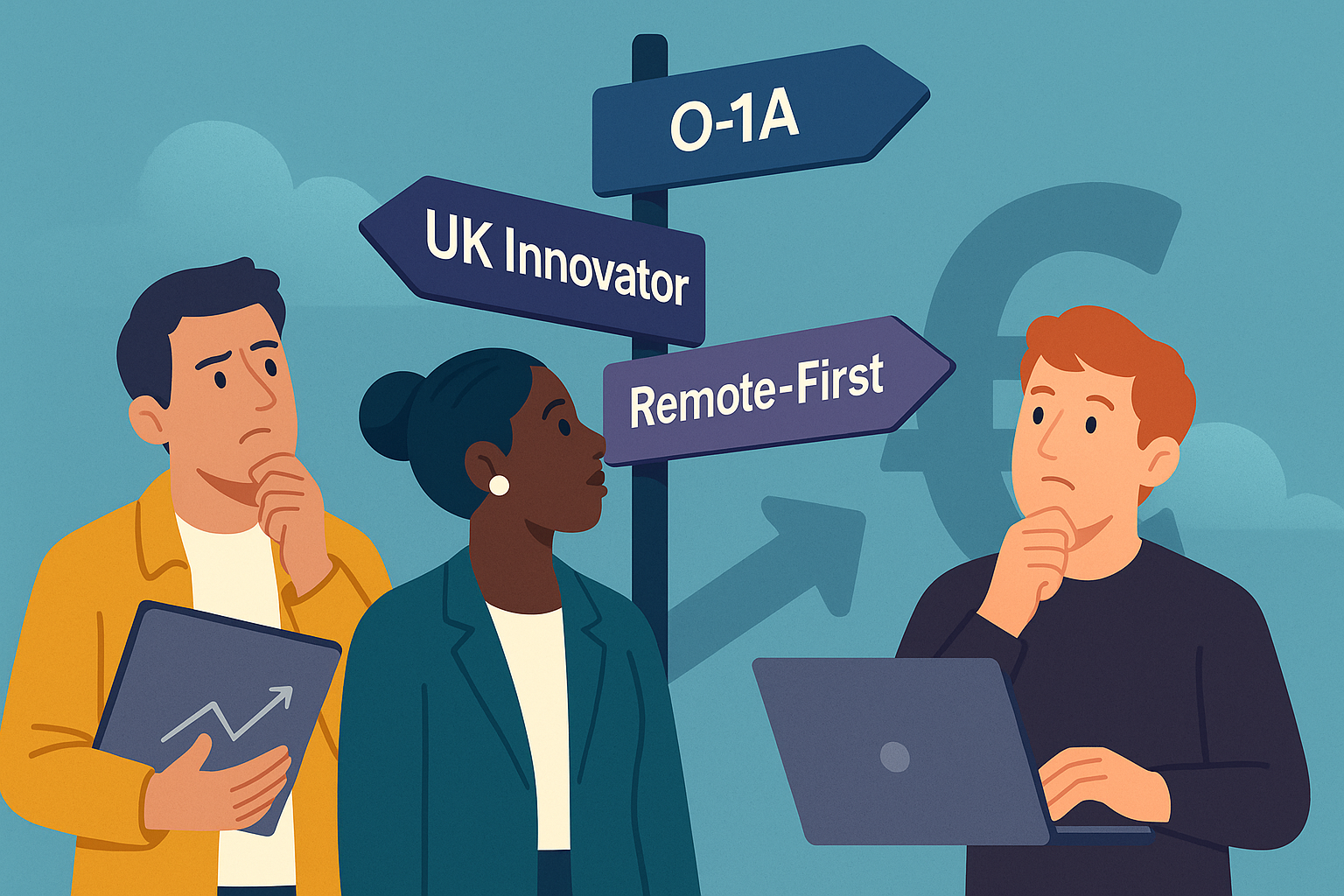Key Takeaways
To make sure your product updates don’t get ignored, follow these steps:
- Simplify your message—reduce cognitive load with clear, concise language.
- Grab attention quickly—use compelling headlines, visuals, and hooks.
- Frame updates around user benefits—focus on how the update solves their problems.
- Create urgency—use FOMO and time-sensitive language to drive action.
- Leverage visual hierarchy—design updates to be skimmable and engaging.
Introduction
Product updates are crucial for driving feature adoption, keeping users engaged, and showing the continuous value of your product.
But here’s the problem: most product updates are ignored.
Users don’t read your changelogs, they miss new features, and they fail to take advantage of updates you spent weeks building.
Why does this happen?
The answer lies in user psychology. Understanding how your audience processes information, prioritizes tasks, and reacts to communication can transform how you write and share product updates.
In this article, we’ll break down the psychological reasons why updates get overlooked and provide actionable tips on how to craft updates that grab attention and drive engagement.
Why Product Updates Get Ignored
Users don’t intentionally ignore updates, but a combination of psychological and behavioral factors makes it easy for them to overlook your messages. Here are the key reasons:
- Cognitive Overload
We live in an age of information overload. The average person processes 74 GB of information daily, and your product update is competing with emails, social media, and notifications.
- If your update feels long, complicated, or irrelevant, users will skip it.
- Complex language or feature-heavy descriptions increase mental effort, reducing engagement.
- Limited Attention Span
In today’s attention economy, time is limited, and users prioritize what feels urgent or valuable. Studies show that the average attention span has dropped to just 8 seconds (shorter than a goldfish!).
- If your update doesn’t hook users immediately, they’ll move on.
- Generic or overly technical headlines are often ignored.
- Poor Framing
How you present your update matters more than the feature itself. Users don’t care about the technical details—they care about how it benefits them.
Example:
- “Improved dashboard filters” = boring.
- “Save time with one-click dashboard filters” = engaging and valuable.
- Loss Aversion
Psychological studies show that people are 2x more motivated to avoid losses than to achieve gains. If your update doesn’t feel important or urgent, users won’t act.
- Updates that lack urgency or FOMO (fear of missing out) often fail to drive action.

How to Write Product Updates That Get Noticed
To make your updates stand out, you need to apply these psychological principles. Here’s a step-by-step process to craft effective product updates:
- Keep It Simple: Reduce Cognitive Load
Users are busy and don’t want to work hard to understand your message. Simplify your updates with clear, concise language and a structured format.
Tips:
- Use bullet points and short paragraphs for scannability.
- Avoid jargon unless your audience is highly technical.
- Highlight the most important info first (e.g., benefits).
Before and After:
Before:
“We've implemented a robust multi-factor authentication mechanism to enhance account security.”
After:
“Your account is now more secure with multi-factor authentication (MFA).”
- Grab Attention in 8 Seconds
Hook your audience immediately with a strong headline or visual.
Tips:
- Use numbers or specific outcomes (e.g., “Save 30% more time”).
- Start with a question or call-to-action (e.g., “Ready to simplify your workflow?”).
- Include visuals like screenshots, GIFs, or icons to catch the eye.
Example Headline:
“ New Feature: Save Time with Custom Dashboard Filters”
- Focus on User Benefits, Not Features
Users don’t care about what you built—they care about how it helps them. Always frame updates around the user’s pain points and benefits.
Tips:
- Answer the question: “What’s in it for me?”
- Use comparisons to show improvement (e.g., “50% faster than before”).
- Highlight how the update solves a problem.
Example:
Instead of:
“We’ve added a search bar to the dashboard.”
Try:
“Find what you need instantly with the new dashboard search bar—no more scrolling through endless lists.”
- Create Urgency with FOMO and Time-Sensitivity
Users are more likely to act when they feel they might miss out. Tap into loss aversion by emphasizing urgency or exclusivity.
Tips:
- Use time-limited phrases (e.g., “Try it today” or “Available this week only”).
- Highlight risks of inaction (e.g., “Don’t fall behind competitors”).
- Show social proof (e.g., “Over 1,000 users have already tried this feature!”).
Example:
Instead of:
“We’ve launched a new analytics tool.”
Try:
“Start making data-driven decisions today with our new analytics tool—don’t let outdated reports slow you down.”
- Use Visual Hierarchy for Easy Reading
The way your update looks affects how users perceive it. A well-designed update is easier to read, more engaging, and more likely to drive action.
Tips:
- Use bold headings and subheadings to break up text.
- Highlight key phrases or benefits in bold or color.
- Include visuals like screenshots, GIFs, or short videos.
Example Layout:
New Feature: Custom Dashboard Filters
- Save time by narrowing down your data instantly.
- Create filters tailored to your workflow.
- Available now—try it today!

Key Psychological Barriers and Solutions
| Psychological Barrier | Why It Happens | Solution |
|---|---|---|
| Cognitive Overload | Too much information, too complex | Use clear language, bullet points, and visuals. |
| Short Attention Span | Users skim quickly, prioritize urgency | Grab attention with strong headlines and opening sentences. |
| Poor Framing | Users don’t see the value | Highlight benefits and focus on solving user problems. |
| Loss Aversion | Lack of urgency or FOMO | Create urgency with time-sensitive messaging and social proof. |
By understanding these principles, you can turn product updates into a powerful driver of user engagement and feature adoption. Start applying them today!
Real-Life Example: How SimpleDirect Drives Engagement
At SimpleDirect, we’ve applied these strategies to transform how we communicate product updates.
Case Study: Automated Changelog Integration
When we launched our Automated Changelog Integration, we focused on simplifying the message, emphasizing benefits, and creating urgency.
What We Did:
- Simplified the message: “Your changelogs, automated. No more manual updates.”
- Added visuals: Included a GIF showing how the integration works.
- Highlighted benefits: “Save hours of manual work every week.”
- Created urgency: “Try it today and save time this week!”
The Results:
- 40% higher email open rate compared to previous updates.
- 25% increase in feature adoption within 2 weeks.
By focusing on user psychology, we turned a routine update into a high-impact announcement.






